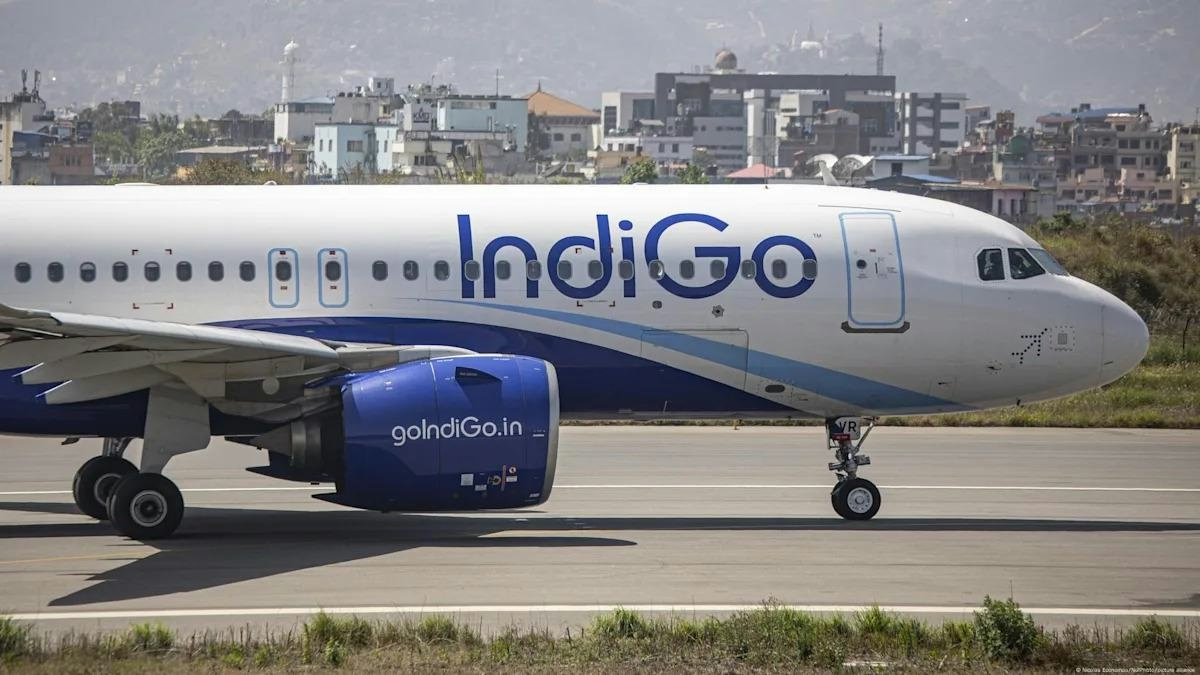
AeroGenie — Your Intelligent Copilot.
Trending
Categories
Qantas Reveals First Aircraft for Project Sunrise
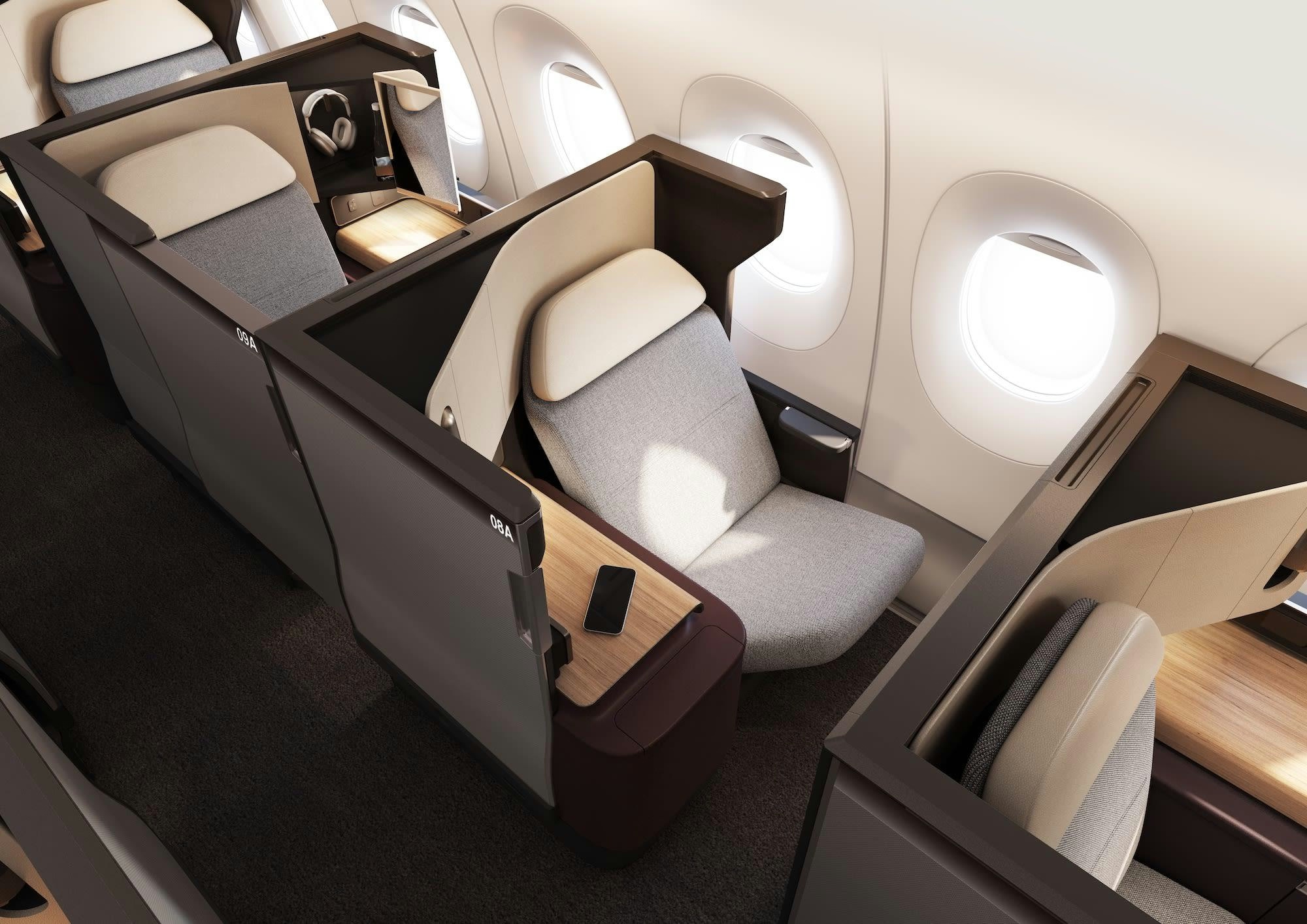
Qantas Unveils First Aircraft for Project Sunrise Ultra-Long-Haul Flights
Qantas has officially revealed the first aircraft designated for its ambitious Project Sunrise initiative, which aims to establish non-stop ultra-long-haul flights connecting Australia directly to London and New York. In collaboration with Airbus, the Australian flag carrier released images of the A350-1000ULR (Ultra Long Range) as it nears completion at Airbus’s Toulouse facility. This milestone follows the successful assembly of all major airframe components, including the fuselage, wings, tail, and landing gear.
The aircraft is set to be relocated to a new hangar where engine installation and the integration of flight test instruments will take place. This will precede an extensive testing programme scheduled to commence in 2026. Qantas’s specially configured A350-1000ULRs are engineered to operate the world’s longest commercial flights, capable of non-stop journeys lasting up to 22 hours. This extended range is facilitated by an additional 20,000-litre rear centre fuel tank and advanced onboard systems designed to optimize fuel efficiency and enhance passenger comfort.
Advancing Ultra-Long-Haul Travel
These direct flights are projected to reduce total travel time between Australia’s east coast and major global hubs such as London and New York by up to four hours compared to existing one-stop services. Project Sunrise draws inspiration from Qantas’s historic ‘Double Sunrise’ flights during World War II, which were notable for their endurance, with aircraft remaining airborne long enough to witness two sunrises.
Qantas Group CEO Vanessa Hudson highlighted the significance of this development, stating, “Given Australia’s position in the world, Qantas has a long history of breaking aviation barriers. Project Sunrise will not only overcome the tyranny of distance, it will fundamentally change the way our customers travel the world. These flights will cut up to four hours off the journey and transform how people experience ultra long-haul travel, through science-backed design to minimise jetlag and maximise wellbeing.”
The aircraft’s cabin has been meticulously developed in partnership with aviation specialists, Australian industrial designer David Caon, and experts from the University of Sydney’s Charles Perkins Centre, including sleep scientists. The design incorporates features such as customized lighting and timed meal services aimed at mitigating jetlag. The cabin layout prioritizes passenger space, accommodating just 238 seats—significantly fewer than the 300-plus seats typically found on other A350-1000 models. A dedicated Wellbeing Zone, situated between Premium Economy and Economy classes, will offer stretch handles, guided exercise programs, a hydration station, and refreshments to enhance passenger wellbeing.
Qantas anticipates steady demand for these ultra-long-haul services, although the airline acknowledges that fuel price volatility, influenced by ongoing geopolitical uncertainties, remains a potential risk. Industry analysts expect competitors may respond by upgrading their own long-haul offerings or accelerating the adoption of sustainable aviation fuels to remain competitive with Qantas’s new capabilities.
The first of twelve A350-1000ULR aircraft is scheduled for delivery in late 2026, with commercial Project Sunrise flights expected to commence in the first half of 2027.

FlyOnE Launches Air-Taxi Service to Rottnest Island
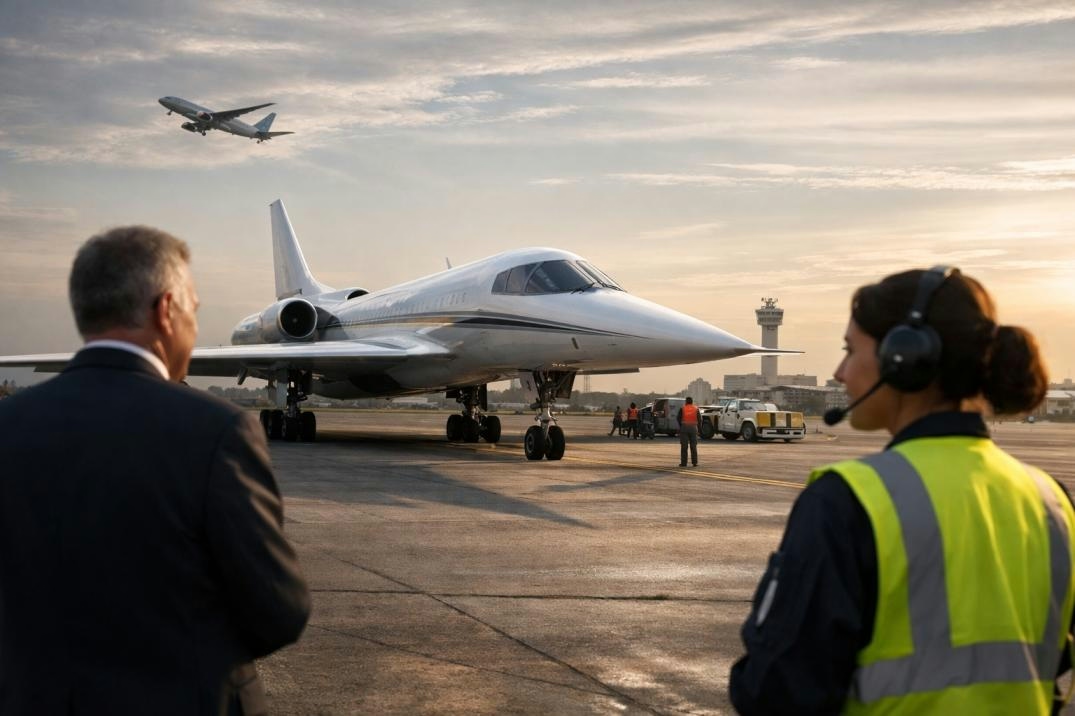
U.S. Plans to Resume Civil Supersonic Flights with Industry Support

MIT Proposes Method to Reduce Airplane Contrails and Climate Effects

The Boeing 747-8: Why It’s Rare on U.S. Routes and How to Experience It Abroad
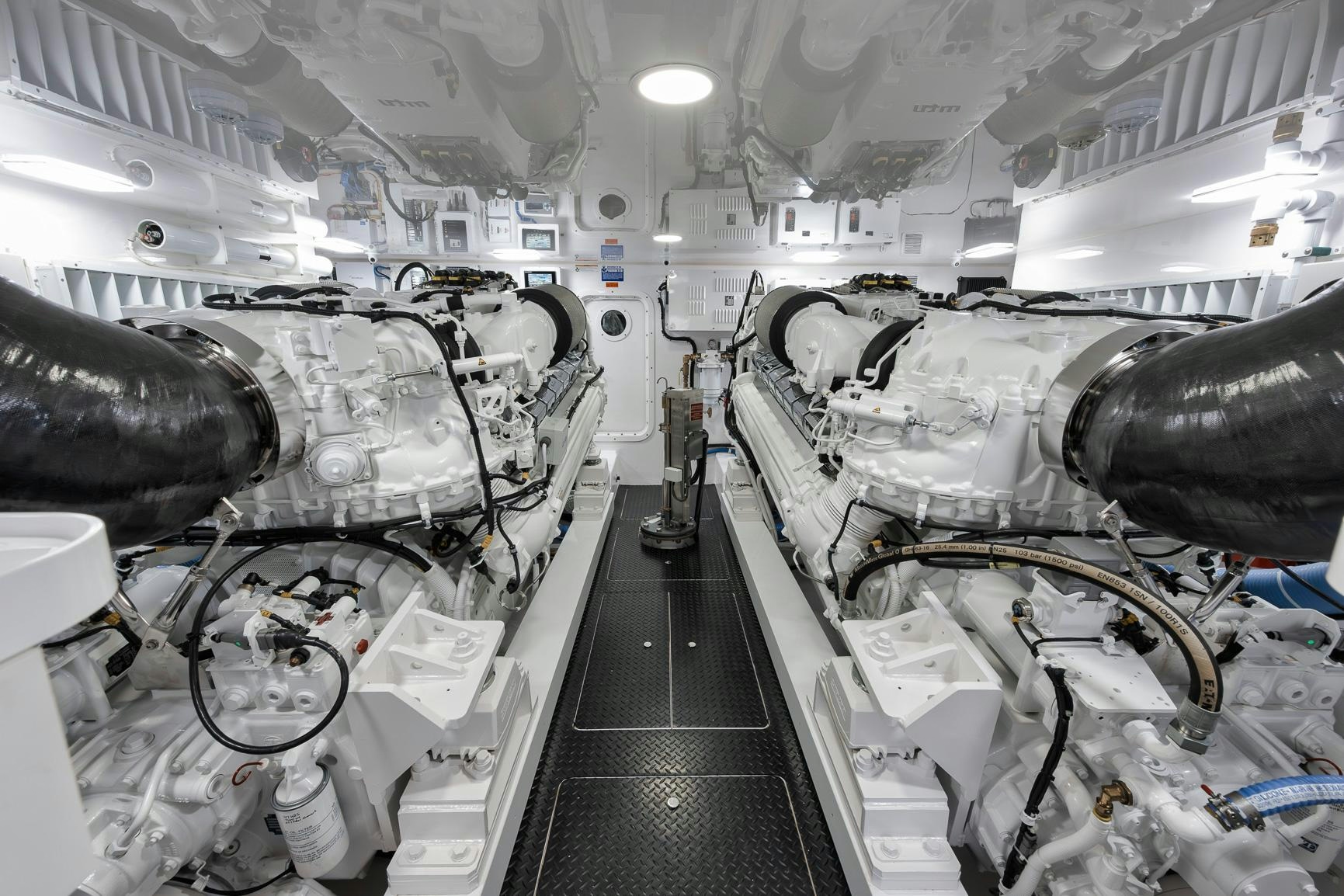
Why Aircraft Engines Lack Screens or Grills
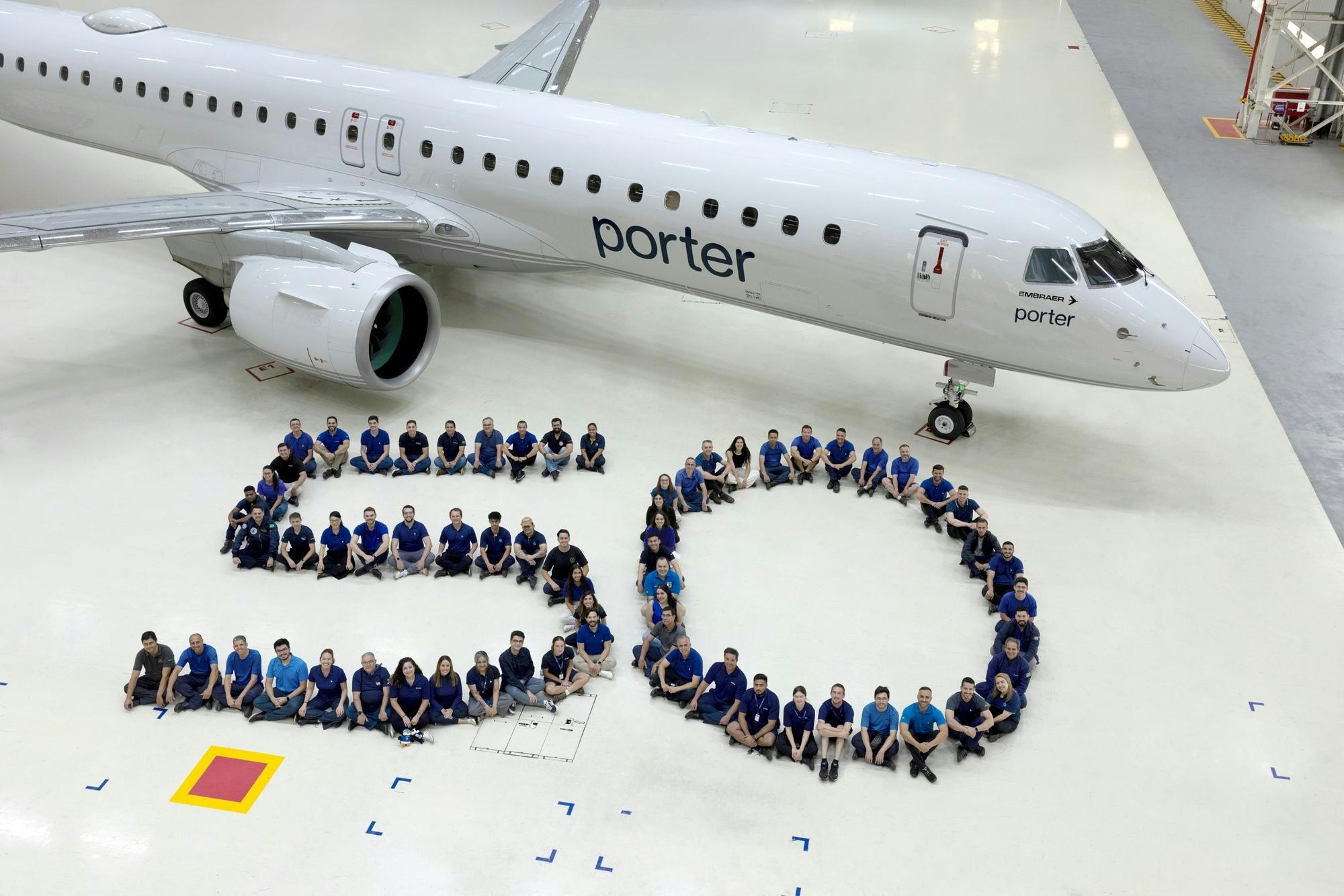
Porter Airlines Receives 50th Embraer E195-E2 Aircraft
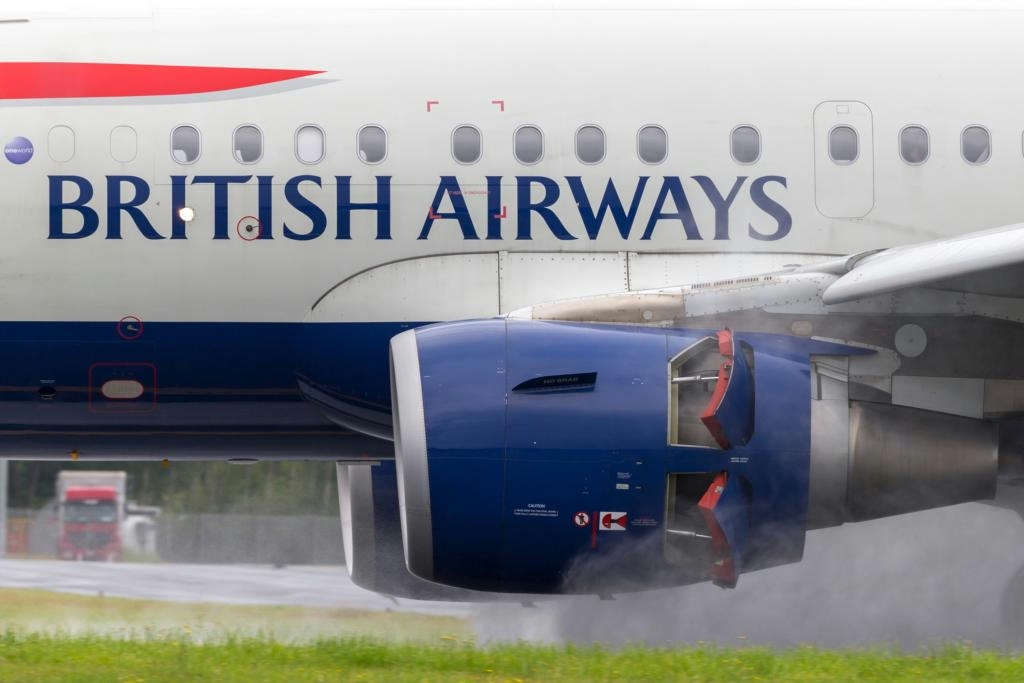
How Aircraft Engines Use Reverse Thrust During Landing

AI-Powered Air Traffic Control Integrated into Home Flight Simulators
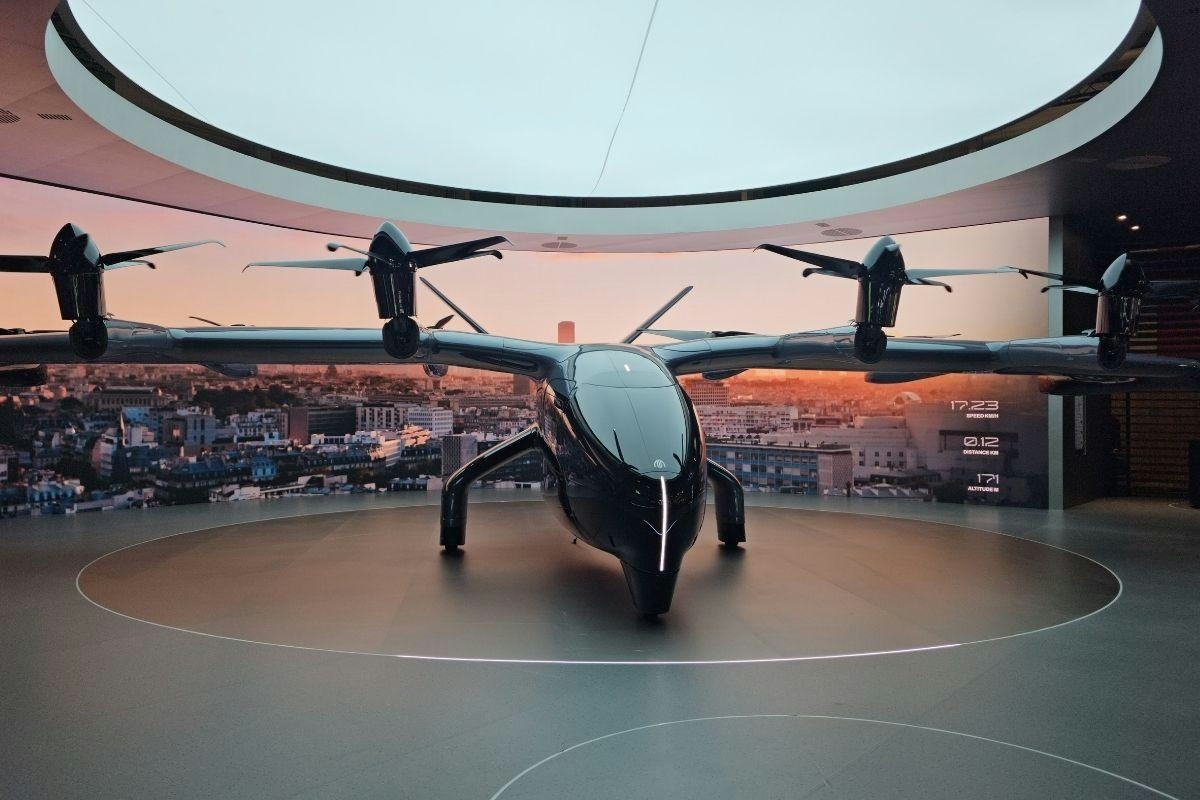
Autonomous Flying Taxis Prepare to Enter U.S. Airspace
